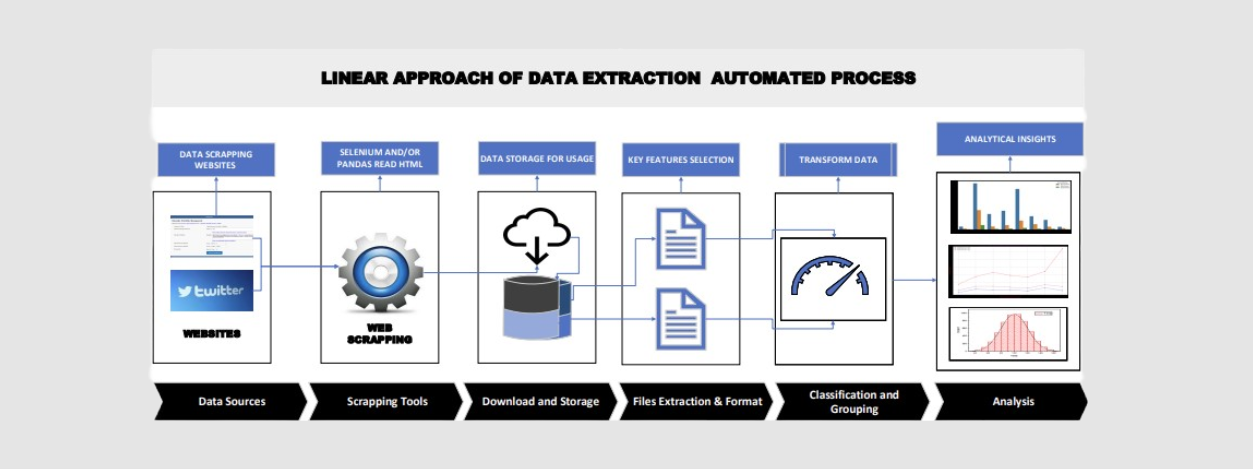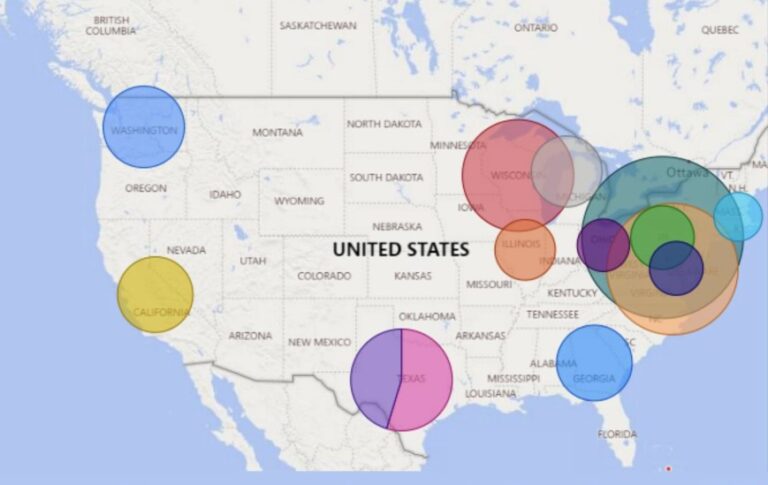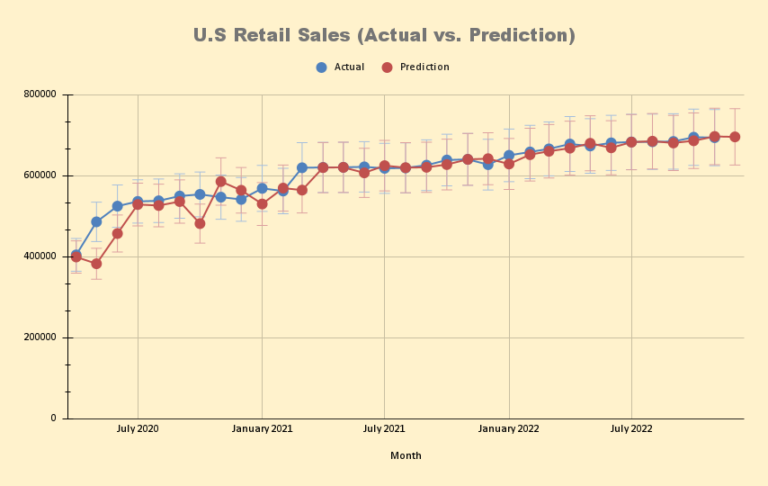Reducing Data Gathering efforts through Automated data Scrapping Techniques for Scientific Research paper
Data gathering for scientific research is inevitably a critical and empirical step to prove or disprove hypotheses based on analytical insights derived from collected data. Data-gathering efforts can be particularly difficult and time-consuming. Getting the right academic reference sources for citation is exasperating and daunting.
However, an automated technique could improve data research efforts from a few lines of Python Jupyter Note scripts to enable researchers scrapped and store data into a preferred data format for analysis – eliminating some manual and tedious data gathering process.
Scrapping scientific research paper through google Scholar
Google Scholar aims to rank documents the way researchers do, weighing the full text of each document, where it was published, who it was written by, as well as how often and how recently it has been cited in other scholarly literature.
Python Libraries Used
- Pandas
- Seaborn
- Selenium webdriver
- Matplotlib.pyplot

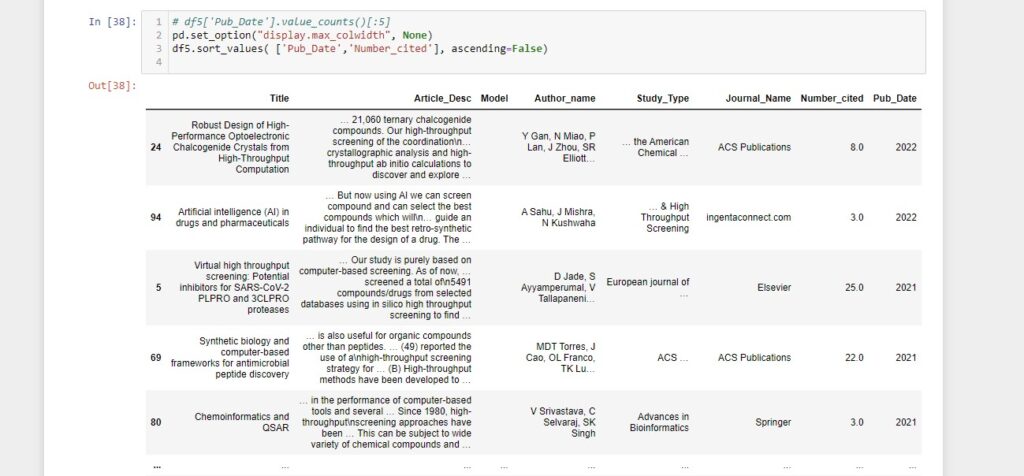
Applied scraped data into a word cloud for word visualization to identify the most used words in a text from small to large. The text visualization provides a glance into the most important keywords in gathered articles. The displayed most common keywords also provide interesting insights when comparing texts against each other.
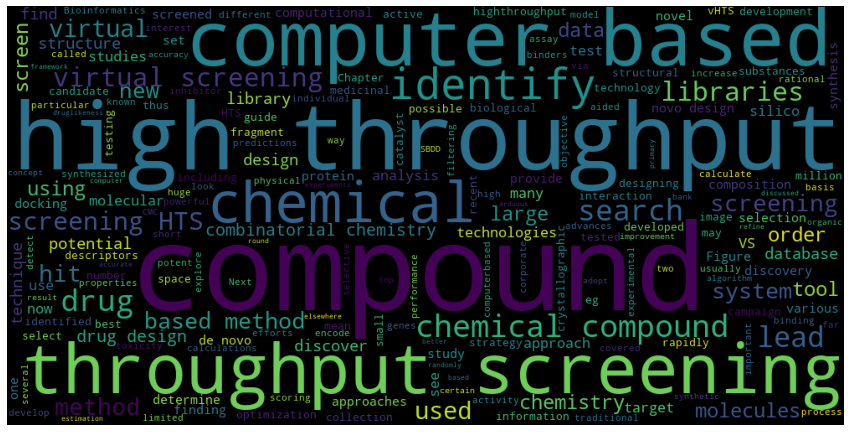
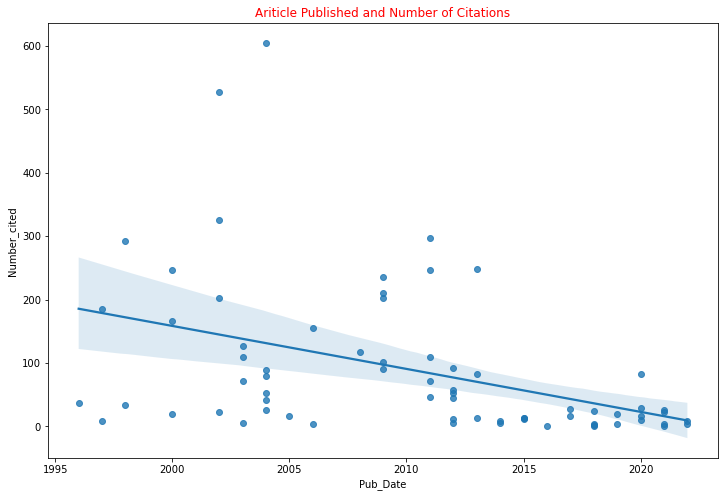
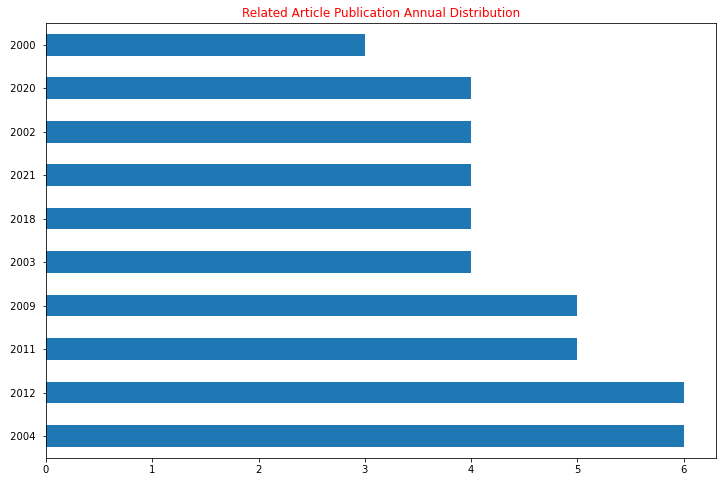
Gathering a massive data from Google Scholar and quickly converting them to meaningful insights just a few seconds of running the python selenium scripts.
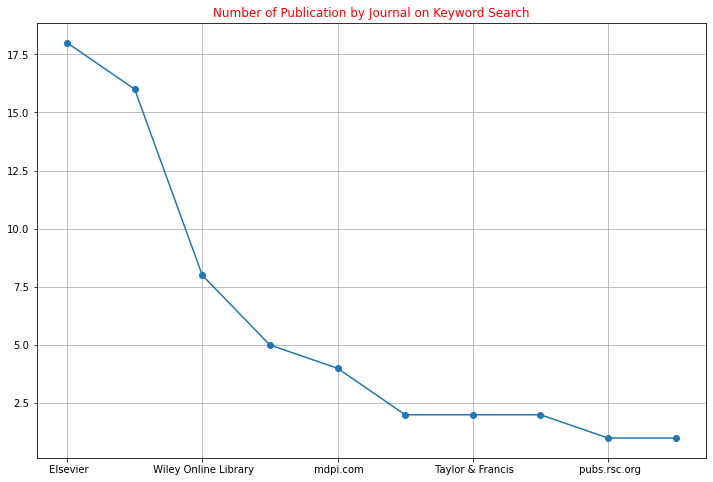
Selenium Webdriver as the main Web Scrapping Tool
- API – Ports test scripts in Python
- Library – House different programming languages, core clients-side bindings
- Driver – Executable module that up browser instance and runs the test script.
- Framework – Support libraries and integration with NPL test frameworks
Selenium is an open-source application that firmly supports the development of rapid web application test automation. It provides a set of testing functions tailored specifically for web application testing requirements for various User Interface (UI) elements scripting language.
Selenium is highly compatible with Python and other programming languages. Python API facilitates connection to the browser through Selenium.
